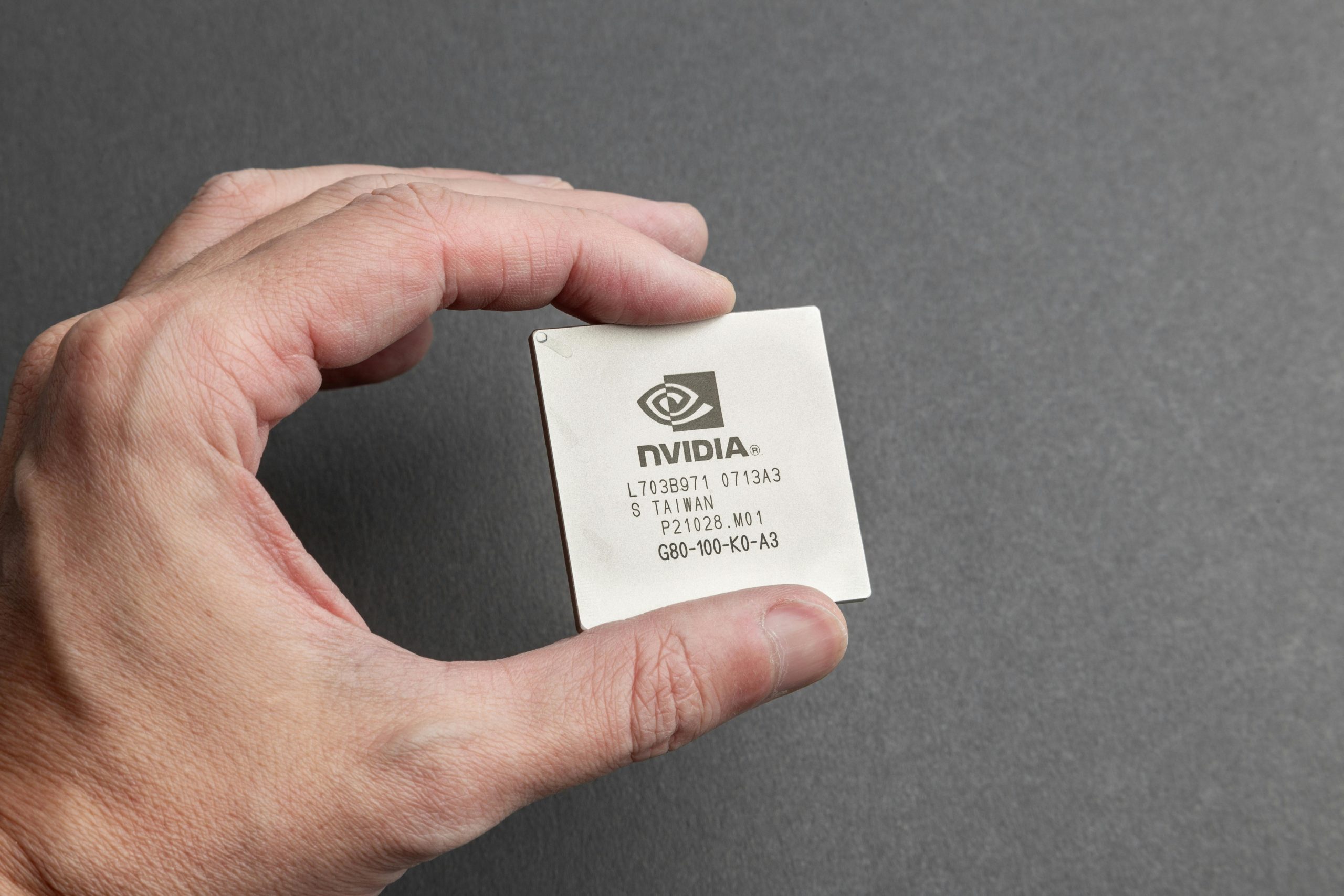Artificial intelligence (AI) is revolutionizing the way content is created, optimized, and distributed. Whether you’re a blogger, marketer, or business owner, leveraging AI tools can save time, enhance creativity, and improve the effectiveness of your content. This guide will walk you through the step-by-step process of using AI for content creation and optimization, helping you stay ahead in the competitive digital landscape.
Understanding AI Tools for Content Creation
AI-powered tools are designed to assist with various aspects of content creation, from generating ideas to drafting full-length articles. These tools use natural language processing (NLP) and machine learning to mimic human writing styles, making them invaluable for content creators.
Popular AI Content Creation Tools
- ChatGPT: A versatile tool for generating blog posts, social media captions, and even scripts.
- Jasper: Ideal for marketers, offering templates for ads, emails, and SEO-friendly content.
- Copy.ai: Helps with brainstorming and creating engaging copy quickly.
- Grammarly: Enhances writing by correcting grammar, tone, and clarity.
How to Get Started
- Choose an AI tool that aligns with your content goals.
- Input clear prompts or keywords to guide the AI.
- Review and refine the generated content to match your voice and style.
Optimizing Content with AI
Creating content is just the first step—optimizing it for search engines and audience engagement is equally important. AI tools can analyze data, suggest improvements, and even predict content performance.
SEO Optimization with AI
- Keyword Research: Tools like Ahrefs and SEMrush use AI to identify high-traffic keywords.
- Content Analysis: Platforms like SurferSEO provide real-time suggestions for improving SEO.
- Readability Enhancements: AI can simplify complex sentences and improve readability scores.
Enhancing Engagement
AI can help tailor content to your audience by analyzing behavior patterns. Tools like HubSpot and MarketMuse offer insights into what resonates with readers, allowing you to adjust your strategy accordingly.
Automating Content Workflows
AI isn’t just about writing—it can streamline your entire content creation process. Automation tools can schedule posts, manage social media, and even repurpose content across platforms.
Tools for Automation
- Buffer: Automates social media posting and analytics.
- Zapier: Connects different apps to automate repetitive tasks.
- Canva: Uses AI to design graphics and visuals effortlessly.
Best Practices
- Set clear objectives for automation to avoid over-reliance on AI.
- Regularly review automated content to ensure quality and relevance.
- Combine AI tools with human creativity for the best results.
Ethical Considerations and Limitations
While AI offers incredible benefits, it’s essential to use it responsibly. AI-generated content can sometimes lack originality or emotional depth, and overuse may lead to generic or repetitive material.
Key Considerations
- Originality: Always add a human touch to AI-generated content.
- Transparency: Disclose AI use if required by your audience or industry.
- Bias: Be aware of potential biases in AI algorithms and adjust accordingly.
Balancing AI and Human Input
The most effective content strategies combine AI efficiency with human creativity. Use AI for research, drafting, and optimization, but rely on your expertise for storytelling and brand voice.
Conclusion
AI tools are transforming content creation and optimization, offering unprecedented efficiency and insights. By understanding how to leverage these tools—from drafting articles to automating workflows—you can enhance your content strategy while maintaining authenticity. Remember, AI is a powerful assistant, but the best content still requires a human touch. Start experimenting with AI today to unlock new possibilities for your digital presence.
